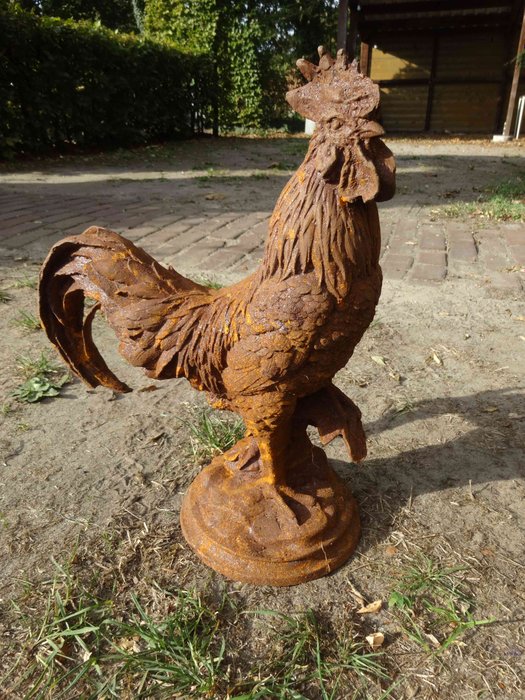
Sales of chicken have been dropping for several weeks, well before the first dead wild duck was found in France. The political support is partly in response to an often irrational response from French consumers. He was there to show the government's support for the poultry farmers, and demonstrated it further by publicly eating a chicken. Prime Minister Villepin visited the poultry farm at Mionnay, 9 km from Joyeux in the Ainm 30 km northeast of Lyon where the first case of a wild bird (a duck) was discovered with the H5N1 virus.

President Jacques Chirac was photographed holding up a live chicken, a sort of "hug the chicken" gesture.

With the bird flu scare getting serious in France (), top French politicians are doing their part to demonstrate the current lack of danger to the French consumer. To charlatans it is the cap of Fortunatus, and is served up boiled, roasted, fried, hot, cold, whole or dismembered, with or without sauce, broiled, stuffed, and always with equal success".Ī more poetic quotation is from the late French comedian Coluche, explaining why the rooster is the country's national emblem: "because it's the only bird that manages to sing with its feet deep in shit" ( C'est parce que c'est le seul oiseau qui arrive à chanter les pieds dans la merde! ). The French rooster is even used as part of the logo for some large French brands.īrillat Savarin, the 19th-century French gastronomic writer said, in The physiology of taste: "the fowl is to the kitchen what the canvas is to painters. In modern times, the rooster is the emblem of French sports teams in international events, such as the French national rugby team, and the French soccer team, in its sometimes too-brief appearances in the Soccer World Cup (a shame after having previously won the World Cup). "A chicken in every pot" is more than a political slogan - at the beginning of the 17th century, King Henri IV is supposed to have said "If God allows me to live, I will see that there is not a single labourer in my kingdom who does not have a chicken in his pot every Sunday" ( Si Dieu me prête vie, je ferai qu'il n'y aura point de laboureur en mon royaume qui n'ait les moyens d'avoir le dimanche une poule dans son pot ) In 1899, it was imbossed on a more widespread device, the French 20 franc gold coins.The Coq Gaulois has often been the symbol on French stamps over the years, although now (in 2006) the generic French stamp depicts a stylised "Marianne". With the success of the Revolution in 1848, the rooster was made part of the seal of the Republic.

The French rooster emblem adorned the French flag during the revolution. From the very roots of French history, the Latin word Gallus means both "rooster" and "inhabitant of Gaul". The Gallic Rooster ( Coq Gaulois), or cockerel, is the French national emblem, as symbolic as the stylised French Lily. Beyond the obvious health issues, there's an added dimension for the French of something putting at risk the very symbol of France. In February 2006, the H5N1 bird flu virus is beginning to spread into western Europe, including into France.


 0 kommentar(er)
0 kommentar(er)
